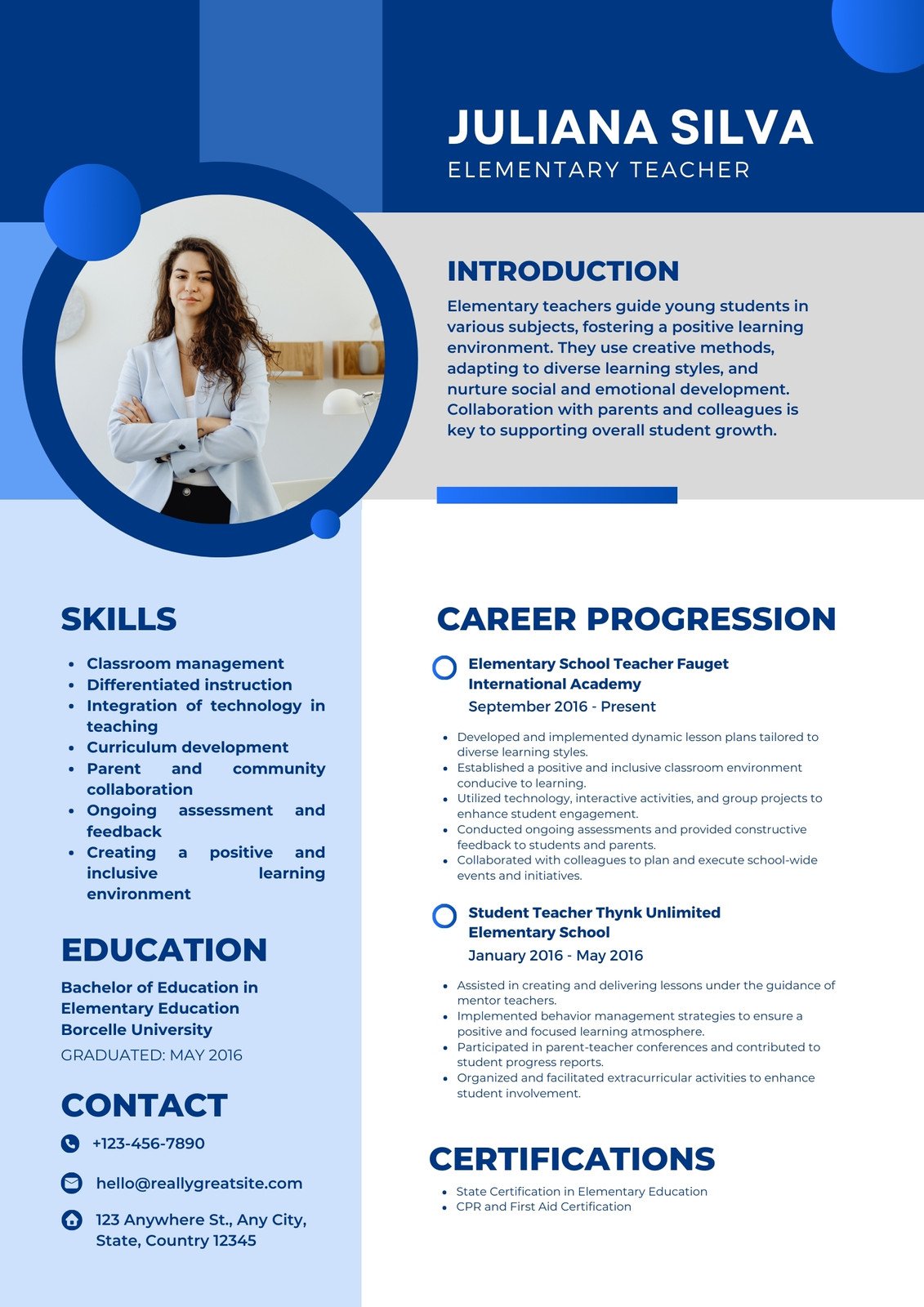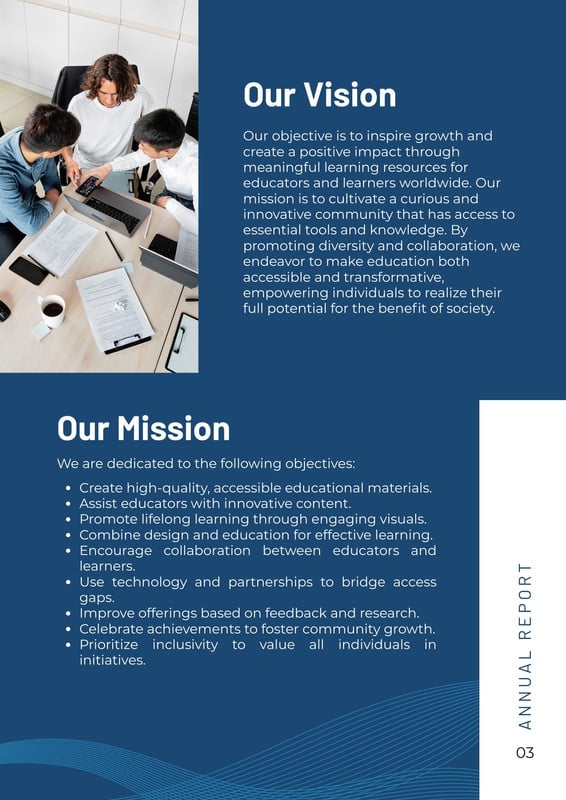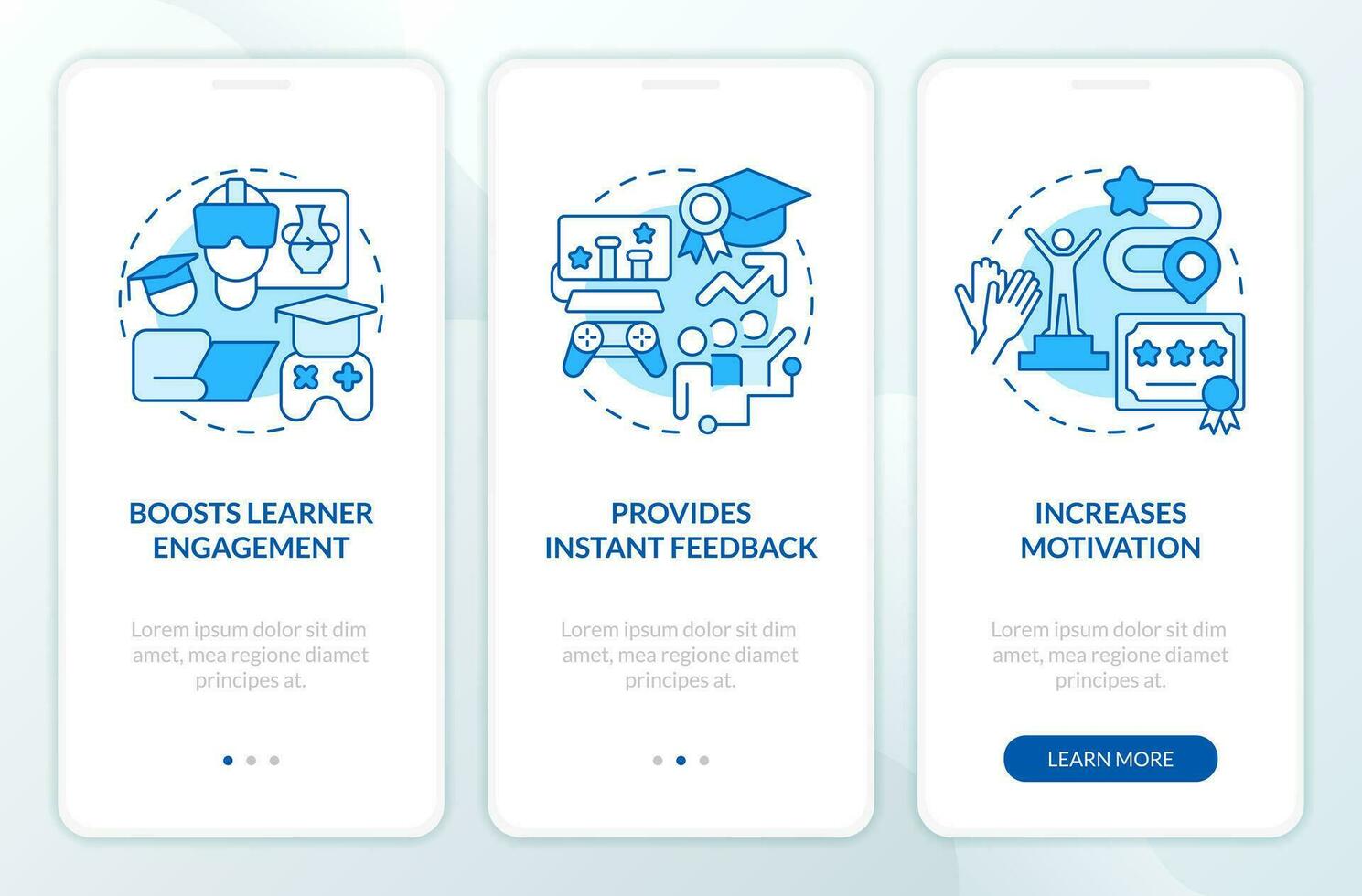Differentiated Instruction Best Practices: Curriculum Design for Diverse Learners



- Assessing student readiness to tailor the content difficulty.
- Incorporating student interests to increase engagement.
- Addressing various learning profiles through different methods.
- Modifying content, process, product, and environment for maximum impact.
Element | Differentiation Strategy | Example |
|---|---|---|
Content | Varying the complexity of materials | Providing different reading levels or research topics |
Process | Offering different learning activities | Using learning stations, group projects, or individual investigations |
Product | Allowing students to demonstrate learning in different ways | Giving students choice in how they present their understanding of a concept, such as writing a report, creating a presentation, or building a model |
Learning Environment | Creating flexible seating arrangements | Designating quiet areas for independent work or collaboration zones for group projects |
Element | Differentiation Strategy | Example |
|---|---|---|
Content | Varying the complexity of materials | Providing different reading levels or research topics |
Process | Offering different learning activities | Using learning stations, group projects, or individual investigations |
Product | Allowing students to demonstrate learning in different ways | Giving students choice in how they present their understanding of a concept, such as writing a report, creating a presentation, or building a model |
Learning Environment | Creating flexible seating arrangements | Designating quiet areas for independent work or collaboration zones for group projects |

- Creating tiered assignments based on readiness levels.
- Implementing flexible grouping strategies for targeted support.
- Using learning contracts to promote student autonomy.
- Leveraging technology to personalize instruction and provide individualized support.
Strategy | Description | Benefits |
|---|---|---|
Tiered Assignments | Creating different versions of an assignment to match readiness levels | Provides appropriate challenge for all students, promotes growth |
Flexible Grouping | Grouping students based on needs, interests, or learning styles | Allows for targeted instruction and collaboration among peers with similar needs |
Learning Contracts | Agreements between teacher and student outlining learning goals and activities | Fosters student autonomy, promotes self-directed learning |
Technology Integration | Using digital tools to personalize instruction | Provides access to a wealth of resources, enables adaptive learning |
Strategy | Description | Benefits |
|---|---|---|
Tiered Assignments | Creating different versions of an assignment to match readiness levels | Provides appropriate challenge for all students, promotes growth |
Flexible Grouping | Grouping students based on needs, interests, or learning styles | Allows for targeted instruction and collaboration among peers with similar needs |
Learning Contracts | Agreements between teacher and student outlining learning goals and activities | Fosters student autonomy, promotes self-directed learning |
Technology Integration | Using digital tools to personalize instruction | Provides access to a wealth of resources, enables adaptive learning |

- Using exit tickets to quickly assess student understanding.
- Conducting quick quizzes to gauge comprehension.
- Implementing think-pair-share activities to promote discussion.
- Providing timely and specific feedback focused on learning goals.
Assessment Type | Description | Purpose |
|---|---|---|
Exit Tickets | Short prompts or questions completed at the end of a lesson | To quickly assess student understanding and identify areas for review |
Quick Quizzes | Short, low-stakes assessments | To gauge comprehension and provide feedback |
Think-Pair-Share | Activity where students think individually, discuss with a partner, and then share with the class | To promote discussion and collaborative learning |
Formative Feedback | Ongoing feedback provided throughout the learning process | To inform instruction and promote student learning |
Assessment Type | Description | Purpose |
|---|---|---|
Exit Tickets | Short prompts or questions completed at the end of a lesson | To quickly assess student understanding and identify areas for review |
Quick Quizzes | Short, low-stakes assessments | To gauge comprehension and provide feedback |
Think-Pair-Share | Activity where students think individually, discuss with a partner, and then share with the class | To promote discussion and collaborative learning |
Formative Feedback | Ongoing feedback provided throughout the learning process | To inform instruction and promote student learning |

- Creating a classroom culture where all students feel valued and respected.
- Being aware of cultural differences and adapting instruction accordingly.
- Building strong relationships with students.
- Collaborating with parents and other stakeholders.
Aspect | Strategies | Benefits |
|---|---|---|
Classroom Culture | Establishing clear expectations, promoting respect and empathy | Creates a safe and supportive learning environment |
Cultural Sensitivity | Learning about different cultures, adapting instruction to meet diverse needs | Ensures that all students feel valued and included |
Student Relationships | Building strong relationships with students, showing genuine interest in their lives | Fosters trust and promotes student engagement |
Collaboration | Working with parents, special education teachers, and other professionals | Ensures that all students receive the support they need |
Aspect | Strategies | Benefits |
|---|---|---|
Classroom Culture | Establishing clear expectations, promoting respect and empathy | Creates a safe and supportive learning environment |
Cultural Sensitivity | Learning about different cultures, adapting instruction to meet diverse needs | Ensures that all students feel valued and included |
Student Relationships | Building strong relationships with students, showing genuine interest in their lives | Fosters trust and promotes student engagement |
Collaboration | Working with parents, special education teachers, and other professionals | Ensures that all students receive the support they need |








